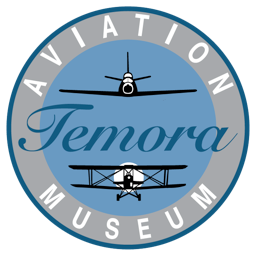MUSEUM HISTORY
Temora has a rich and noteworthy aviation history having been home to the No. 10 Elementary Flying Training School (10 EFTS) set up by the Royal Australian Air Force (RAAF) in May 1941.
When Sydney businessman David Lowy AM decided to create an aviation museum honouring the aircraft and pilots who defended Australia, Temora Aerodrome stood out. It offered a rich aviation history, friendly community, supportive local council, favourable weather, flat terrain, and unrestricted airspace below 20,000 feet.
The Temora Aviation Museum was incorporated in late 1999, with construction beginning soon after. A Governing Committee of experienced and diverse individuals was formed. The first hangar was completed in February 2000, with David Lowy AM donating the initial aircraft for the collection. The Museum opened to the public in June 2000.
On Monday, July 1, 2019, we embarked on an exciting new chapter. The Royal Australian Air Force (RAAF) and the Temora Aviation Museum formed a strategic alliance, with the RAAF taking ownership of 11 of our aircraft. As David Lowy, our President and Founder, shared, “The alliance with the RAAF deepens and broadens ownership of the Museum’s aircraft beyond one individual, which is important for the long-term future of these historically significant national assets.” Rest assured, these aircraft remain on display for our visitors to enjoy, and the Museum is open 361 days a year for everyone to explore.




